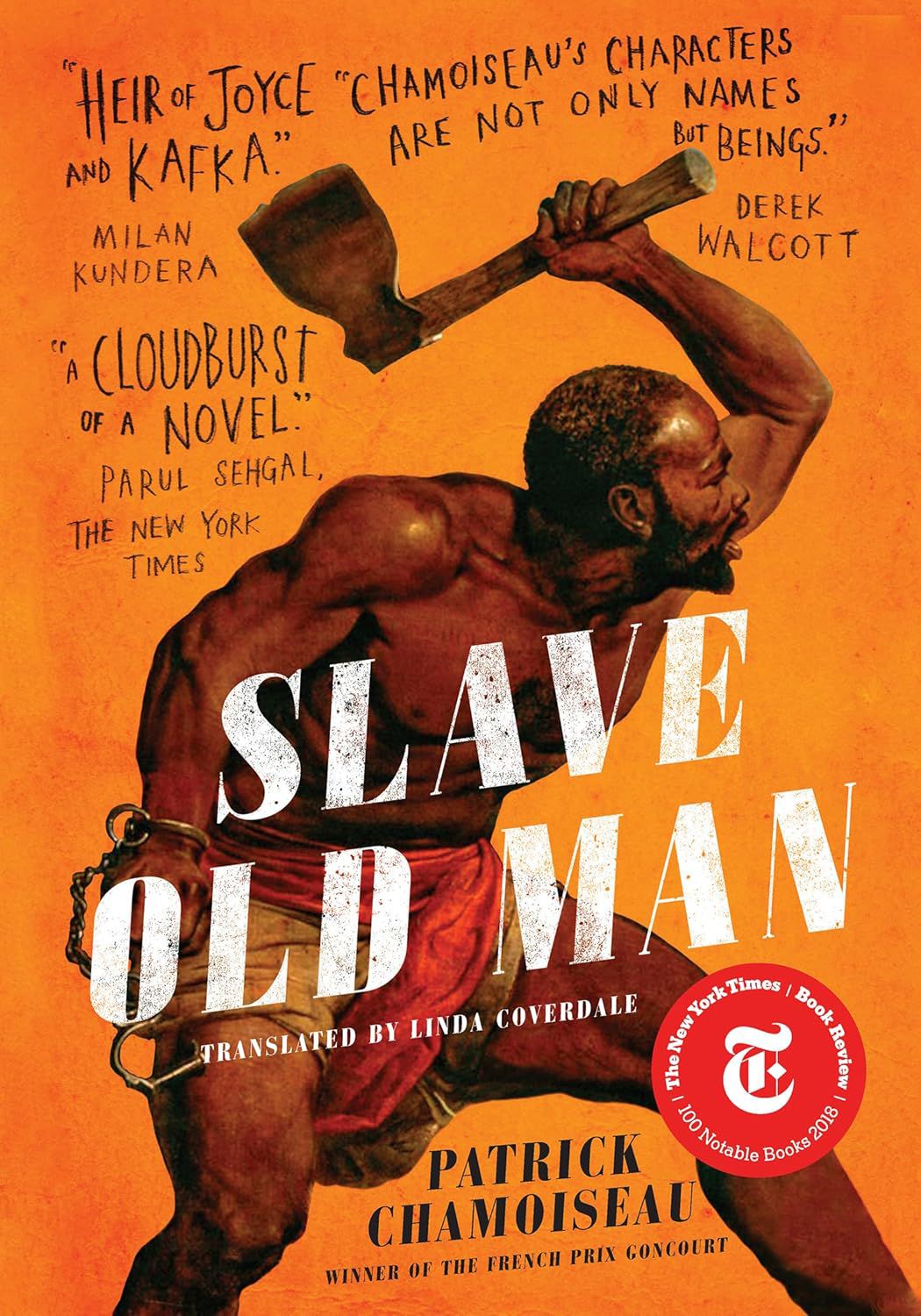As a Nisga’a writer, I’m often deeply invested in not only how other poets are tackling issues through poetry but also how Indigenous writers are navigating that same terrain. Reading poetry is necessary. Reading Indigenous writing is essential. I think these are more or less the starting points for my reading practice. Should I read poetry? Should I read Indigenous poetry? Should I read Canadian work? Should I read American work? And what does that mean anyway to choose to read a book based on an author’s national identification? Don’t Indigenous peoples prefer to identify through their Indigenous nation? And subsequently reject national, colonial labels like American and/or Canadian and/or Australian?
I’ve been thinking about this a lot recently. There are many that conceptualize Indigenous writing within the scope of Canada. For example, the Native Poetry in Canada: A Contemporary Anthology, edited by Jeannette Armstrong and Lally Grauer (Broadview Press, 2001), suggests that there is such a thing as Native Canadian writing, and editor Neal McLeod’s anthology Indigenous Poetics in Canada (WLU Press, 2014) suggests something very similar. Even Tomson Highway’s From Oral to Written: A Celebration of Indigenous Literature in Canada, 1980−2010 (Talonbooks, 2017), seems to propose that there is a group of Indigenous Canadian authors. But who gets to decide this?
Let’s talk about Sarain Stump and Chrystos. Stump was born in Fremont, Wyoming, in 1945, moved to Alberta in 1964 and lived in Canada until his death in 1974. He wrote, published and exhibited his work extensively in Canada, and his writing is included in Native Poetry in Canada. In the book There Is My People Sleeping, Stump balances poetry with drawing. Each page is a diptych, asking the reader to navigate through word-image patterns that often contain both literal and metaphorical connections. There Is My People Sleeping is a beautiful and surprisingly minimal book that can apparently be labelled Canadian Indigenous writing despite the national plurality of Stump’s history.
On the other hand, we have Chrystos, whose work is not included in Native Poetry in Canada. Chrystos is a two-spirit Menominee writer and also apparently an American. They were born in San Francisco and identify as living for a substantial time on Bainbridge Island in Washington State. The thing is that Chrystos published substantially in Canada. In fact, they produced four books with the Vancouver publisher Press Gang (1975−2002), including Not Vanishing (1988), Dream On (1991), In Her I Am (1993) and Fire Power (1995). Chrystos published more in Canada than they ever did in America. And yet their exclusion from Native Poetry in Canada might suggest that they are not part of the same grouping of Native Canadian writers.
For a reader, both Stump and Chrystos offer incredibly powerful visions of the world as seen through the lens of Indigeneity. And I think both writers are absolutely invaluable. What is of the utmost importance when reading Indigenous work is to read beyond our own national boundaries and/or to resist how those boundaries shape our reading practices. Even though Chrystos’s work is incredible, I often wonder if Canadians overlook it just because it isn’t “Canadian.” And that, in my opinion, would be a loss.





.jpg)


